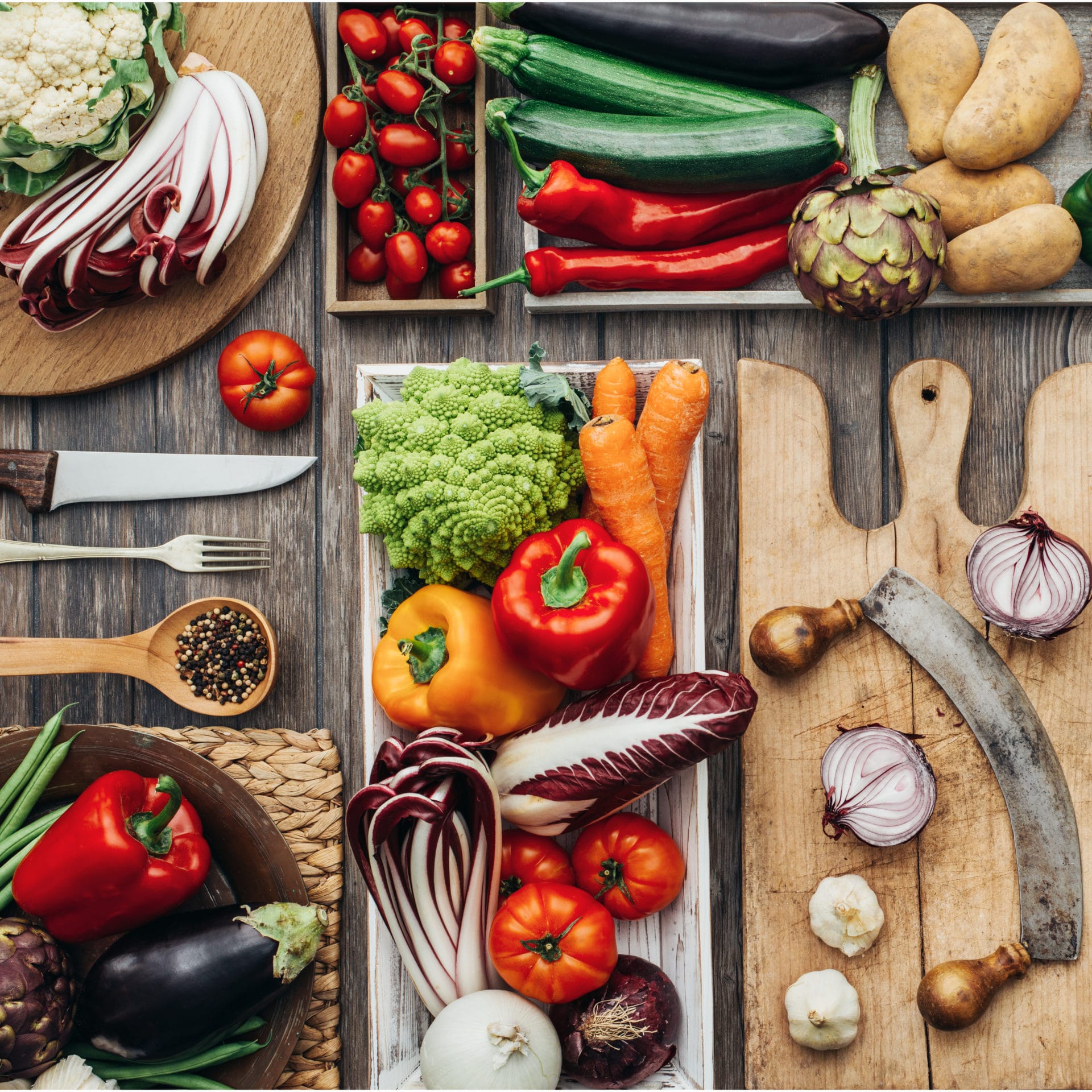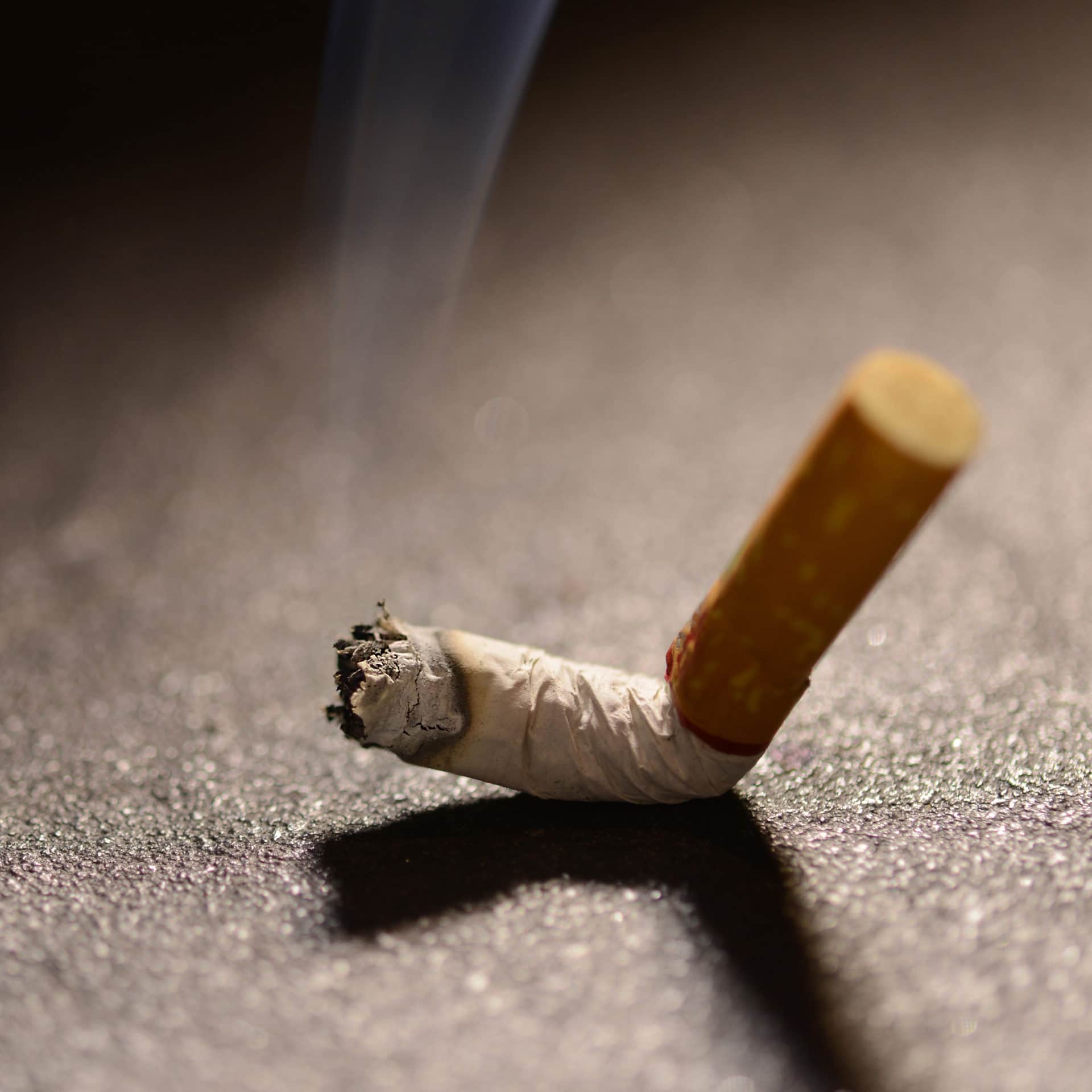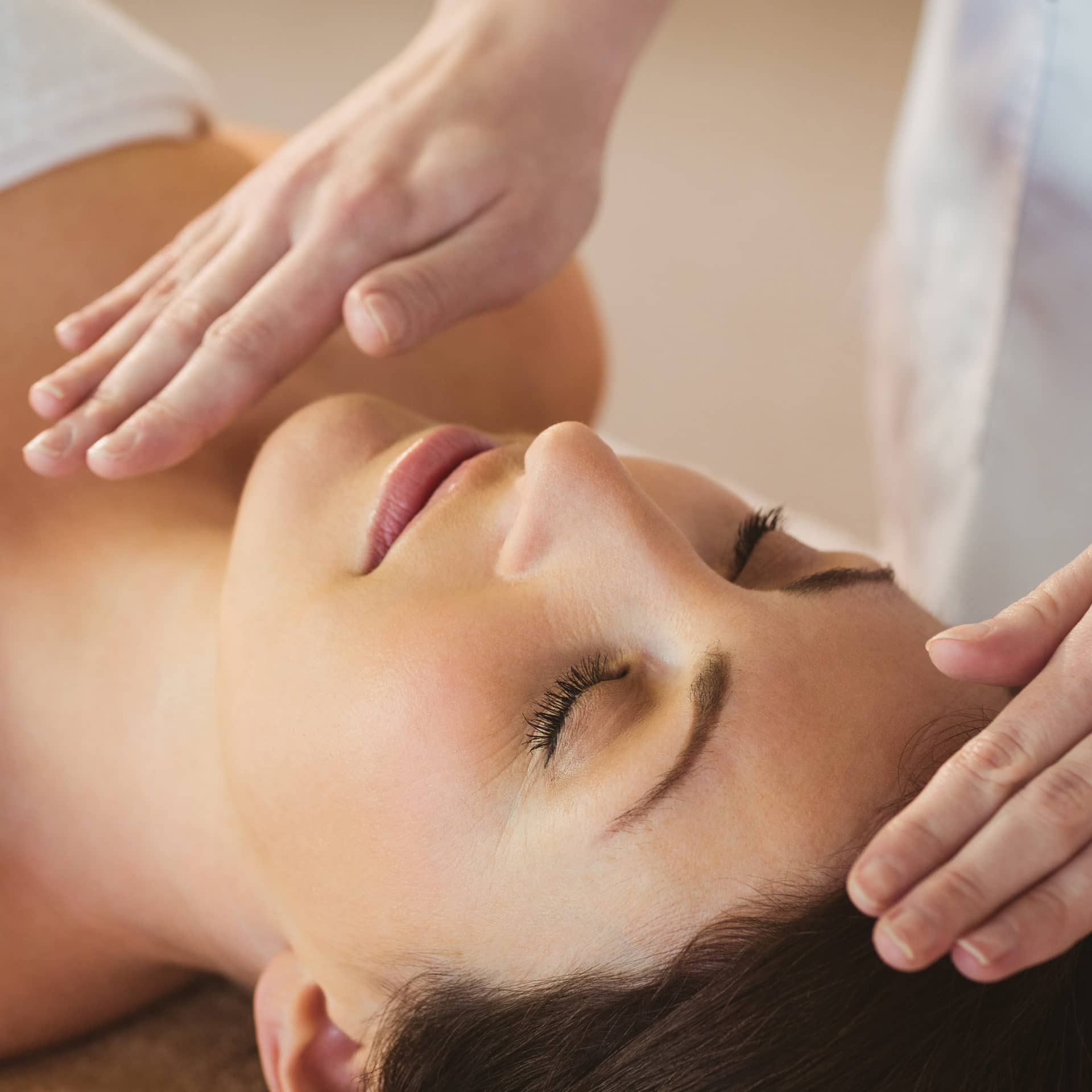Cupping Therapy (Hijama)
Cupping can be used to treat a wide array of health problems.
It was famously used in the 2008 Beijing Olympics to alleviate athletic injuries and pain. We sometimes employ cupping therapy at the end of a treatment to balance out the system and get blood moving or to treat respiratory diseases like the common cold, pneumonia and bronchitis, as well as back, neck, shoulder and other musculoskeletal pains.
What to expect in a treatment
When you arrive for a cupping session your practitioner will discuss your condition and goals for the session. They will then apply small plastic suction cups to your skin. The cups don't hurt but they do pinch a little bit. Most patients find the sensation enjoyable. I like to describe it as a backwards deep tissue massage- the cups are pulling rather than pushing. When the suction cups are removed they will leave marks on the skin- some people describe them as bruises but they are a more productive than bruises and can be used diagnostically as well. The color of the marks left on the skin gives us information about the condition of the muscle.
Please be sure to keep the cupping marks warm and covered for a couple of days- it is a great idea to bring an extra scarf to your session. It is also important to drink a lot of water after the cupping session.
Pricing:
Cupping Session: £100
Duration 30 minutes but allow for 45 min. After your consultation you will be given a treatment plan with a recommendation of how often you should come in for treatment based on your treatment goals and your specific condition.
Cupping therapy is an ancient form of alternative medicine where a therapist puts special cups on your skin for a few minutes to create suction. The idea is to draw blood to or away from parts of your body. People get it for many reasons, such as pain and inflammation relief, relaxation and well-being, and as a type of deep-tissue massage.
History of cupping therapy
Cupping therapy might be trendy now, but it’s not new. It dates back to ancient Egyptian, Chinese, and Middle Eastern cultures. One of the oldest medical textbooks in the world, the Ebers Papyrus from 1550 B.C., describes how the ancient Egyptians used cupping therapy for treating fever, pain, vertigo, menstrual problems, and other ailments.
The Egyptians introduced cupping to the ancient Greeks who used it as a cure for almost every illness. In traditional Chinese medicine, it’s closely linked to acupuncture. The Islamic Prophet Muhammad also recommended cupping in his writings, where he called it hijama.
Cupping was used widely in Europe and America until the 1800s, when it fell out of favor as the practice of medicine became more scientific and focused on treating illnesses from the inside out.
People in several countries still practice cupping. Many Americans first became aware of it after seeing purplish circles on the body of swimmer Michael Phelps during the 2016 Olympics.
Types of Cupping Therapy
-
The two main types of cupping are:
-
Dry
-
Wet
For either type, in the traditional method (fire cupping), your healer puts a flammable substance such as alcohol, herbs, or paper, inside a cup and sets it on fire. As the fire goes out, they put the cup upside down on your skin.
When the air inside the cup cools, it creates a vacuum. This causes your skin to rise and redden as your blood vessels expand.
A modern version of cupping uses a rubber pump instead of fire to create a vacuum inside the cup.
Dry cupping therapy
Dry cupping is simple and is the preferred method in the West because it’s easy to do and doesn’t involve blood. The therapist just applies the cups to your skin, compressing them with their hands, a pump, or a flame if using glass cups. (They may apply lotion first). They leave the cups in place for 5-10 minutes. You can have this therapy done as often as once or twice a week.
Dry cupping may be combined with a massage. This is called massage cupping or running cupping. Your therapist puts lotion or oil on your skin and moves silicone cups back and forth, up and down, or in circles on your skin for a massage-like effect.
Dry cupping is meant to increase blood flow while removing fluids and toxins from the area being treated. The fluids are said to have high levels of substances related to diseases.
Wet cupping therapy
In wet cupping, your therapist first creates a mild suction by leaving a cup on your back for about 3 minutes. They remove the cup and use a small scalpel to make light, tiny cuts on your skin. Next, they do a second suction to draw out a small quantity of blood. They might leave those cups in place for 10-15 minutes.
The idea is the cuts attract inflammatory cells and cause the release of natural pain relievers and mood enhancers called endogenous opioids. These help your body fight infections and maintain immunity.
You might get three to five cups in your first session. Or you might just try one to see how it goes. It’s rare to get more than five to seven cups, the British Cupping Society notes.
After treatment, you’ll get an antibiotic ointment and bandage to prevent infection. Your skin should look normal again within 10 days. You can repeat wet cupping every 4-8 weeks.
Frequently Asked Questions
What is cupping therapy?
Cupping therapy is a traditional healing technique where cups are placed on the skin to create suction. This suction is believed to promote blood flow, reduce inflammation, and facilitate healing.
How does cupping work?
The suction draws blood to the surface of the skin, which may help with pain, inflammation, blood flow, and relaxation. It is sometimes described as a type of deep-tissue massage.
Is cupping therapy safe?
What conditions can cupping therapy help with?
Common conditions treated include:
-
Muscle pain and tension
-
Back and neck pain
-
Migraines
-
Arthritis
-
Anxiety and fatigue
-
Respiratory issues (e.g., asthma, bronchitis)
Our prices
Please feel free to download our price list
and for further information contact us on +44 (0) 7917 785 695 or by email at contact@phphaesthetic.com
Download the price listFeel your best, the French Touch will enhance your natural beauty!
Learn more about Dr Philippe Hamida-Pisal
RELATED TREATMENTS



Reiki
Reiki is a Japanese technique for stress reduction and relaxation that also promotes healing.